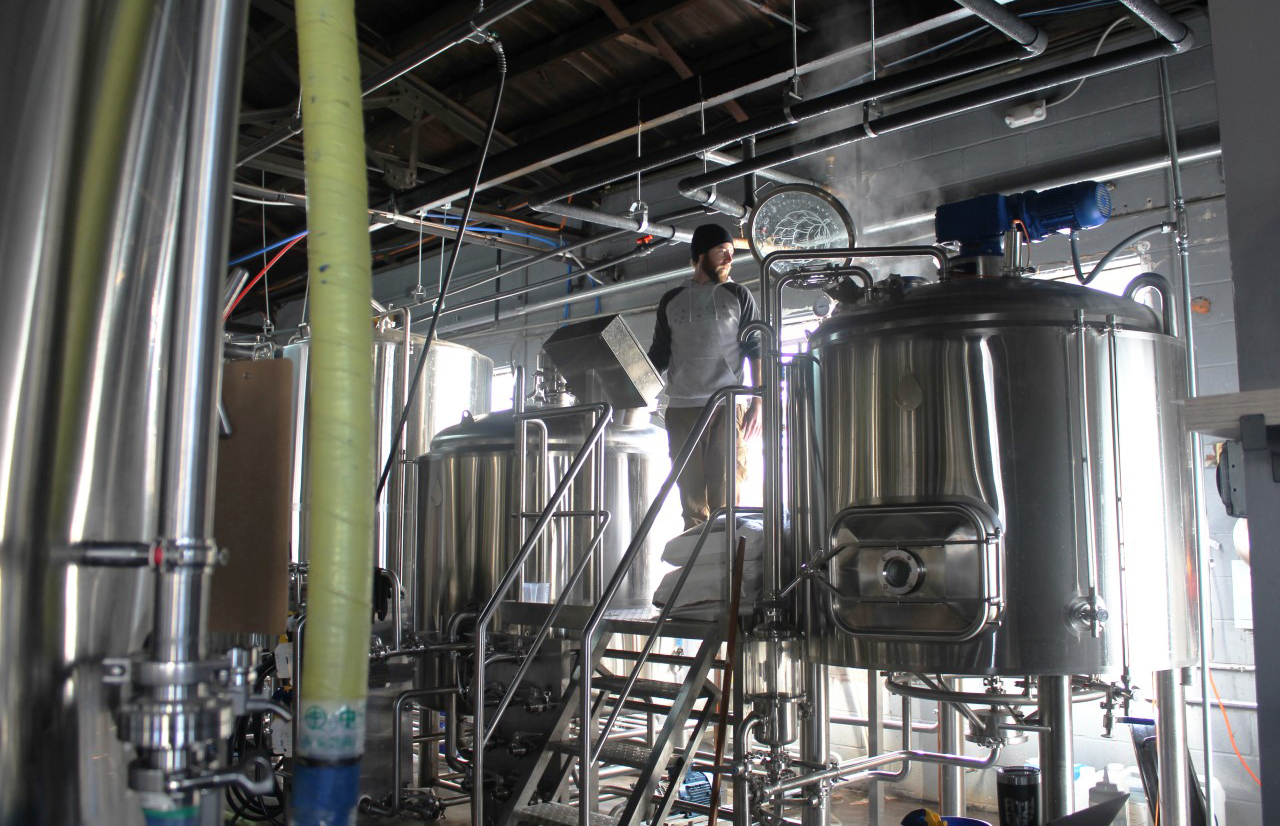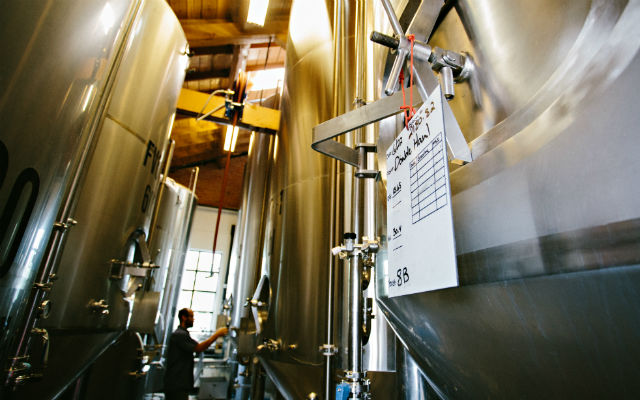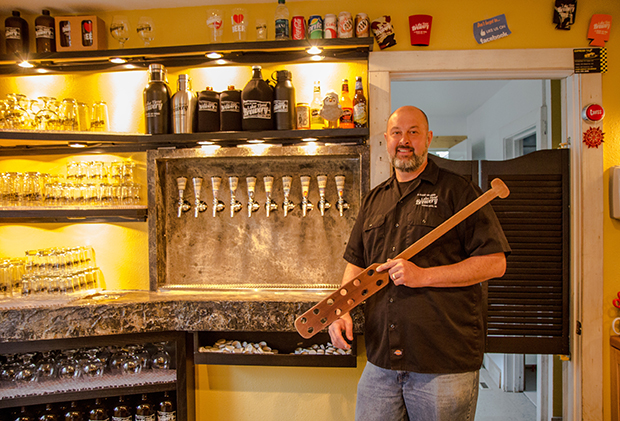
Test Kitchen is an ongoing print column and online blog by the Publisher of Brewer Magazine and Test Kitchen Owner, Tyler Montgomery. With a 1.5-barrel brewhouse launched in 2019 that expanded into a 10-barrel facility in 2021, this is his experience and notes from the journey along with reviews of products and services.
It’s actually quite simple. Follow the numbers and stick to your guns — please don’t do that.
In launching a brewery in planning I had zero experience working for a brewery. But I had founded Brewer Magazine which has had pretty much every successful brewer in the US on the cover — it was one of them that suggested starting a brewery where I did.
One element that I didn’t take into consideration was distribution. At the time of launch, Kentucky breweries still didn’t have self-distribution rights. I felt creating a taproom with only sales in-house would be more financially lucrative.
While that thought process isn’t entirely wrong, starting with the 1.5bbl system it did still give us a lot of downtime between batches. In the beginning, we’d sell out every other week, but as weeks progressed patrons became annoyed coming to a brewery that only had guest drafts and none of its own products — especially beer tourists.
Needing more beer is a good problem, but it takes time to overcome. Additionally, because we started so small, once Kentucky received self-distribution rights we were too small to capitalize.
Distribution, even in a three-tier system, is crucial to the success of your brewery.
What I failed to realize was the immediate cash flow element it brings to the table. I unfortunately was hung up on losing percentages to wholesale prices.
While the latter does sound intelligent — and you certainly do make more money from your taproom — dropping kegs at a location and getting a check or having a distributor pick up product and credit your account means that you don’t have to wait for a full taproom to be making money.
This unfortunately took me years to realize. To the point that we now have one significant problem — an inability to attract a distributor.
If we made bad beer we’d understand. However, we’ve continually invested in our systems as well as our staff. We make good beer and have engaged in our new self-distribution rights. We’re currently servicing about 100 clients throughout Central Kentucky in less than a year of self-distribution.
The cash flow we’ve witnessed from distribution has been a game-changer.
When we engaged, we immediately hired a sales representative with a base plus commission. Yes, that was an expense, but it paid for itself and our new head brewer fairly quickly.
We had the sales representative deliver as well out of the beginning. This saved us from needing a part-time driver. We also used my personal vehicle for large orders. This saved us from having a car payment or spending tens of thousands of dollars out of the gate.
Now we’ve moved on to having a delivery driver, but haven’t yet moved to a delivery van. That is very much the next step.
Our brewery brethren around the state have noticed our self-distribution success and it’s opened a lot of eyes. However, we still wish for a distributor.
Now brewing on a 10-bbl system with five 10-bbl unitanks we’re pushing as much as we can and we need to move more product. We’ve got a lot of clients in and around Central Kentucky that still want our product, but being completely reliant on self-distribution we’re growing slowly and not as fast as a distributor could take us.
If you have self-distribution rights it truly behooves you to engage, even if it’s just a few accounts around your town. The cash flow from those sales will immediately change your business’ financial outlook.




Be the first to comment